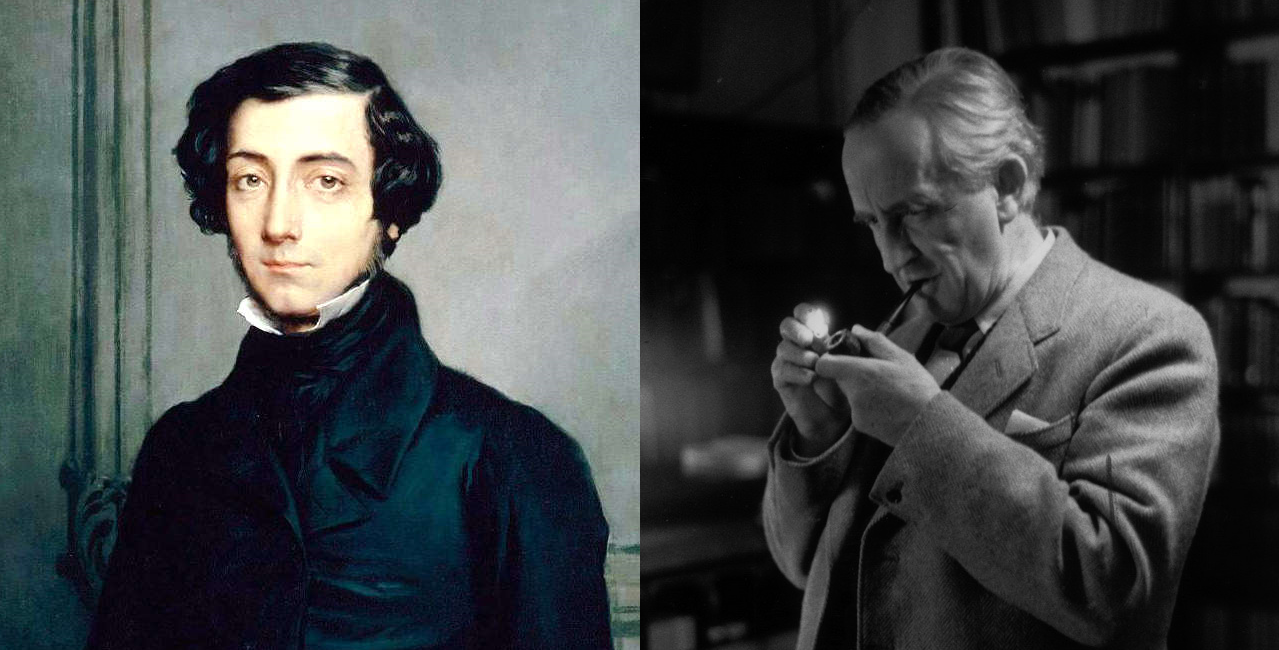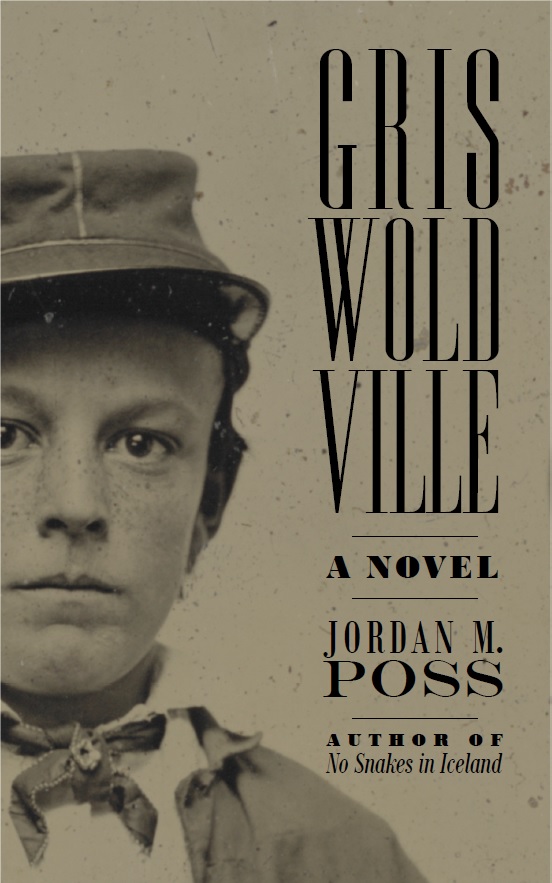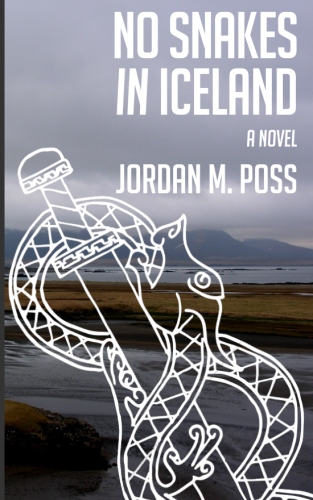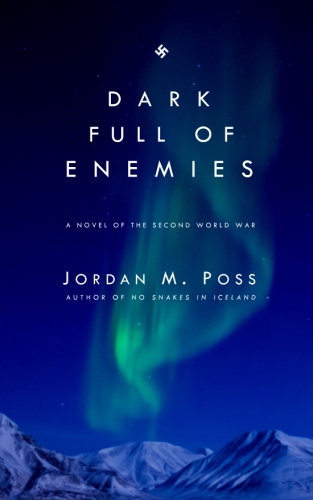About a week ago, a friend of mine in the Marine Corps sent me a Slate article about 1917, the best movie of last year and one of the greatest war films ever made. The article is headlined “1917 has one major flaw—it’s irresponsibly nationalistic.” Anyone who has seen 1917 and taken it on its own terms will wonder what on earth the author of the piece is talking about. True to form, the essay has all the high-flying silliness of a typical Slate piece, including a lot implicitlys—a classic indicator of spectral evidence—and condescending oversimplifications and plenty of inane references to Donald Trump. (My favorite: Kaiser Wilhelm II was “a proto-Donald Trump,” which is not only silly but somehow manages to be insulting to both men.)
While I drafted and redrafted this blog post with much longer excerpts, the following paragraph sums up the piece’s argument. Writing that while he enjoyed the craft and technical achievements of 1917, the author
felt very uneasy—not for aesthetic reasons, but for moral ones. “1917,” as its title indicates for the historically well-informed, is a World War I picture. Any film set during that conflict has a responsibility to account for the horrors of nationalism, much as a film that takes place during the Civil War must deal with slavery, and one that occurs during World War II must acknowledge fascism.
To which I say, as politely as I can, no. For two interlocking reasons.
First, because storytellers can tell the stories they want and tell them any way they damn well please. I can’t emphasize this enough. One of the least becoming and most nefarious aspects of contemporary talk about storytelling, whether on film or television or between the covers of books, is the reflexive urge to police who can tell what story and how. The who and what have been particularly hotly contested in the Slough of Despond known as YA fiction. The how is what concerns me here.
In writing that 1917 “must acknowledge the inherent ambiguity of” World War I, the author is ordering Sam Mendes and his co-writers to tell a different story than the one they have chosen to tell. It is a tedious demand that the filmmakers tell a story that he prefers—in this case, an ideologically driven argument about political bogeymen. “Even if we are only being told a microcosmic story about two soldiers trying to survive a dangerous mission,” the author writes, “we should still understand the larger tapestry in which those characters are mere threads.” This is the leftist equivalent of those historians who wanted, needed, had to have scenes of Winston Churchill giving speeches and generals pushing flags around map tables stuck into the finely tuned story of Dunkirk. This kind of bossiness betrays a lack of trust in or appreciation for what the storytellers have used their skill, creativity, and carefully sharpened discernment—their arts—to create. It’s anti-art, and the author’s own admitted admiration for the film, despite the desperate override commands of his ideology, belies that fact.
“It is immoral to tell a story about a war without analyzing the reasons behind that war.” Why? World War II stories “must acknowledge fascism?” What does that even mean? Civil War stories must deal with slavery? No. Some of the greatest entries in Civil War literature barely acknowledge slavery’s existence, much less ruminate on its morality. Here’s one you might have heard of. I myself wrote a Civil War novel in which slavery plays almost no role because that’s not what concerns my characters and not what drives the plot. In short, that’s not what my novel is about.
And that’s my second objection. Introducing the kind of navel-gazing ruminations on isms that tickle people like this Slate writer have no place in the world of 1917 because that’s not what 1917 is about.
As I wrote at length in my review, 1917 is about the experience of combat, the dreariness and terror of the trenches, the toll it takes on the men caught up in the war, and, in a contrast made more striking by the vivid depiction of what life in the trenches was like, the beauty of friendship and home. Nationalism doesn’t come into it—even “implicitly”—because that is not what moves the characters.
Writing almost a hundred years ago in his great book The Everlasting Man, GK Chesterton conveyed the disconnect between ideology, which he calls “practical politics” or “realpolitik,” and reality, and did so with soldiering as his example:
Whatever starts wars, the thing that sustains wars is something in the soul; that is something akin to religion. It is what men feel about life and about death. A man near to death is dealing directly with an absolute; it is nonsense to say he is concerned only with relative and remote complications that death in any case will end. If he is sustained by certain loyalties, they must be loyalties as simple as death. They are generally two ideas. . . . The first is the love of something said to be threatened, if it be only vaguely known as home; the second is dislike and defiance of some strange thing that threatens it. . . . A man does not want his national home destroyed or even changed, because he cannot even remember all the good things that go with it; just as he does not want his house burnt down, because he can hardly count all the things he would miss. Therefore he fights for what sounds like a hazy abstraction, but is really a house.
This almost exactly describes the approach Mendes and company used for 1917’s depiction of the war. The two protagonists, Schofield and Blake, have intensely immediate concerns—get from here to there safely, avoid being seen or shot at, deliver their message, save lives, get back to their families. They live with the “loyalties as simple as death” and the war is precisely that simple for them. Earlier in the same passage, Chesterton imagines it even more succinctly:
Does anybody in the world believe that a soldier says, “My leg is nearly dropping off, but I shall go on till it drops; for after all I shall enjoy all the advantages of my government obtaining a warm-water port in the Gulf of Finland.” Can anybody suppose that a clerk turned conscript says, “If I am gassed I shall probably die in torments, but it is a comfort to reflect that should I ever decide to become a pearl-diver in the South Seas, that career is now open to me and my countrymen.”
These are manifest absurdities, but are apparently what Slate writers and their ilk want out of a movie like 1917. Tell us how bad the British officer class was. Don’t other the Germans. Don’t “validate the nationalist impulses that led to such terrible bloodshed.” Don’t give us a movie, give us a disquisition. Give us a sermon. Give us a Slate article.
The author of this piece does offer up counterexamples in the form of All Quiet on the Western Front and Paths of Glory, both fine movies, well produced and well acted. But, tellingly, the most political parts of those movies are also the phoniest parts, the most tinny and artistically clumsy, and the strongest parts are those most like what 1917 accomplished, bringing the viewer into the experience of the soldiers in the trenches.
Why does any of this matter? First, because I object to the totalitarian impulse to make everything political. Second, I hate to see this film, an outstanding evocation of a time and place and the experience of an entire generation of ordinary men, denigrated for such stupid and meretricious reasons. Third, and I think most importantly, the nature of art and storytelling, the basis of my first objection, is at stake. Artists and storytellers must be free to tell the stories they have in the way best suited to those stories. They must be true to their art. The team behind 1917 exercised their considerable gifts to tell a good story and tell it well, just like the filmmakers behind All Quiet on the Western Front and Paths of Glory did in their day. They used their gifts to choose their material and to shape it toward their end. What matters after that is whether they succeeded in what they set out to do, not in what pundits think they should have done.
“Poetry is, among other things,” John Ciardi wrote, “the art of knowing what to leave out.” Begin dictating those choices and you kill the work of art.



































